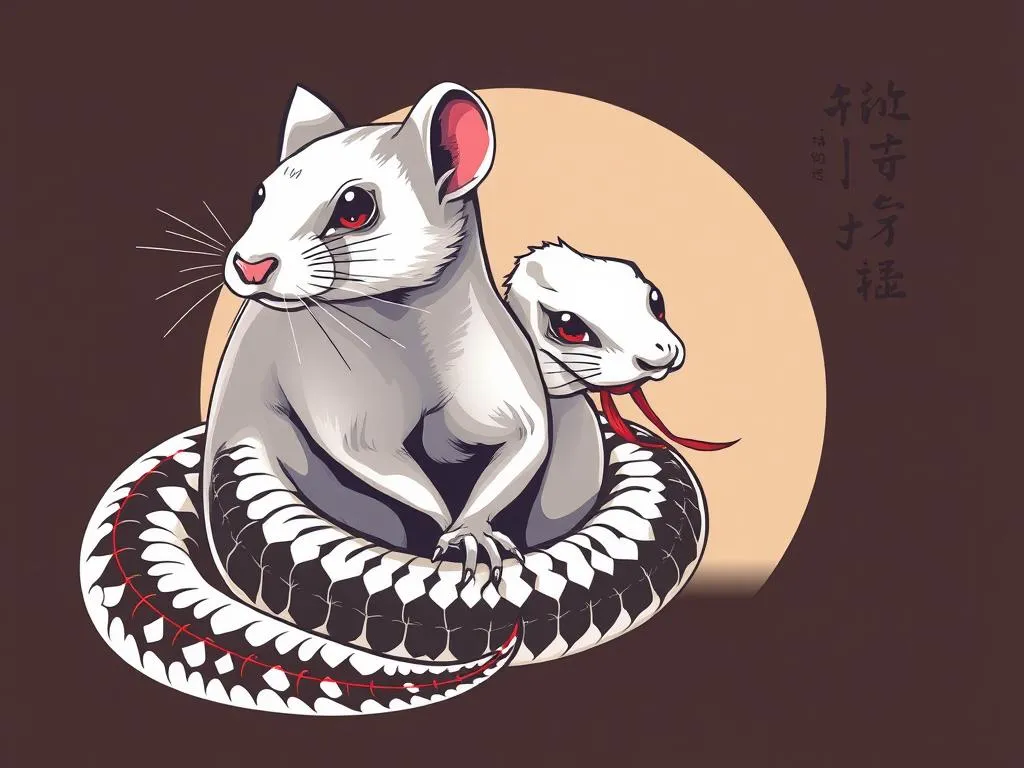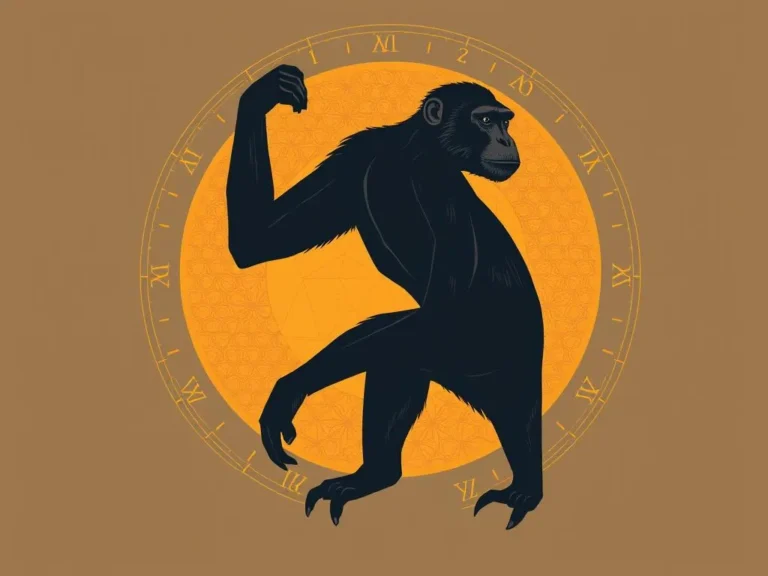Japanese Rat Snake Symbolism: Unlocking the Mysteries of This Enigmatic Creature

Introduction
The Japanese rat snake, also known as the Elaphe climacophora, is a captivating creature that has long been imbued with profound symbolic meaning in Japanese culture. This slender, non-venomous snake, with its distinctive pattern of dark blotches and intricate scales, has captured the imagination of many, leading to a rich tapestry of Japanese rat snake symbolism that is worth exploring.
As we delve into the Japanese rat snake symbolism, we uncover a fascinating interplay between the snake’s physical attributes, its behavior, and the cultural context in which it is revered. By understanding the deeper significance of this enigmatic creature, we can gain insights into the Japanese worldview and the ways in which they perceive the natural world around them.
The Duality of the Japanese Rat Snake
The Japanese rat snake is often seen as a symbol of duality, representing both positive and negative aspects of life. On one hand, it is associated with fertility, renewal, and rebirth, as the snake’s ability to shed its skin is seen as a metaphor for transformation and the cycle of life. This connection to the natural world and the rhythms of nature make the Japanese rat snake a potent symbol of growth, change, and the perpetual flow of life.
However, the Japanese rat snake is also imbued with more complex and sometimes contradictory symbolism. In certain contexts, it can be seen as a symbol of deception, cunning, and even malevolence. This dual nature reflects the Japanese belief that the natural world, and the creatures that inhabit it, are not inherently good or bad, but rather possess a delicate balance of light and shadow.
The Serpent’s Significance in Japanese Mythology and Folklore
To fully understand the Japanese rat snake symbolism, it is essential to explore its place within the rich tapestry of Japanese mythology and folklore. In many traditional Japanese stories and legends, the snake is a recurring motif, often serving as a messenger of the divine or a guardian of sacred spaces.
One of the most prominent examples of the snake’s symbolic significance in Japanese culture is the Yamata no Orochi, a legendary eight-headed, eight-tailed serpent that was slain by the deity Susanoo. This mythical creature is often interpreted as a representation of the power of nature and the need to maintain balance in the universe.
Similarly, the Japanese rat snake is sometimes associated with the Nure-Onna, a supernatural snake-woman who is believed to lure unsuspecting travelers to their demise. This connection highlights the dual nature of the snake, which can be both a protector and a trickster, depending on the context.
The Symbolic Meaning of the Japanese Rat Snake’s Physical Attributes
The physical characteristics of the Japanese rat snake also contribute to its rich symbolic meaning. The snake’s slender, sinuous body is often seen as a representation of grace, fluidity, and the natural world’s inherent beauty. Its ability to move swiftly and silently is also interpreted as a symbol of stealth, cunning, and the power of observation.
The intricate pattern of dark blotches on the snake’s scales is particularly intriguing, as it is sometimes seen as a representation of the duality of the universe, with the light and dark elements coexisting in a delicate balance. This pattern may also be interpreted as a reflection of the complexity of the natural world and the interconnectedness of all living things.
Furthermore, the Japanese rat snake’s ability to climb trees is often seen as a symbol of aspiration, ambition, and the quest for higher knowledge. This connection to the vertical axis and the heavens aligns with the snake’s role as a messenger of the divine in Japanese mythology.
The Japanese Rat Snake and the Concept of Kami
In the context of Japanese spirituality, the Japanese rat snake is often associated with the concept of Kami, which refers to the divine spirits or deities that are believed to inhabit the natural world. These Kami are not seen as distant, all-powerful entities, but rather as immanent, interconnected forces that are integral to the fabric of the universe.
The Japanese rat snake, with its ability to move between the realms of the earth and the sky, is sometimes viewed as a manifestation of Kami or a conduit through which these divine spirits can communicate with the human world. This belief reflects the Japanese reverence for the natural world and the idea that all living things possess a sacred essence.
By understanding the Japanese rat snake’s connection to the Kami, we can gain a deeper appreciation for the cultural and spiritual significance of this enigmatic creature. It is a testament to the Japanese worldview, which sees the natural world as a living, breathing entity worthy of respect and veneration.
The Japanese Rat Snake in Contemporary Japanese Culture
While the Japanese rat snake has deep roots in traditional Japanese mythology and folklore, its symbolic significance continues to evolve and manifest in contemporary Japanese culture. In recent years, the snake has become a popular motif in various forms of art, literature, and popular media.
In the realm of visual arts, the Japanese rat snake is often depicted in intricate tattoo designs, woodblock prints, and paintings, showcasing the creature’s elegant, sinuous form and its connection to the natural world. These artistic representations not only celebrate the snake’s physical beauty but also serve as a conduit for the transmission of its symbolic meaning to new generations of Japanese people.
Similarly, the Japanese rat snake has found its way into the realm of literature, with the creature appearing in various works of fiction, poetry, and even children’s stories. These narratives often explore the duality of the snake’s nature, delving into its capacity for both benevolence and malevolence, and the ways in which it serves as a metaphor for the complexities of the human experience.
Furthermore, the Japanese rat snake has also made its mark in the realm of Japanese popular culture, with the creature appearing in video games, anime, and manga. These contemporary depictions often draw upon the rich symbolism associated with the snake, using it as a vehicle to explore themes of transformation, power, and the balance between the natural and supernatural worlds.
Conclusion: Embracing the Complexity of the Japanese Rat Snake Symbolism
The Japanese rat snake symbolism is a testament to the depth and complexity of Japanese cultural and spiritual beliefs. This enigmatic creature, with its dual nature, its connection to the divine, and its physical attributes, has captivated the imagination of the Japanese people for centuries.
By delving into the Japanese rat snake symbolism, we can gain a deeper understanding of the Japanese worldview, their reverence for the natural world, and the ways in which they perceive the intricate balance between light and dark, good and evil, and the earthly and the divine.
As we continue to explore and engage with the Japanese rat snake symbolism, we are reminded of the importance of embracing the complexity of the natural world and the rich tapestry of cultural and spiritual beliefs that shape our understanding of it. By doing so, we can cultivate a greater appreciation for the diversity and depth of human experience, and the ways in which it is reflected in the symbols and stories that we cherish.





